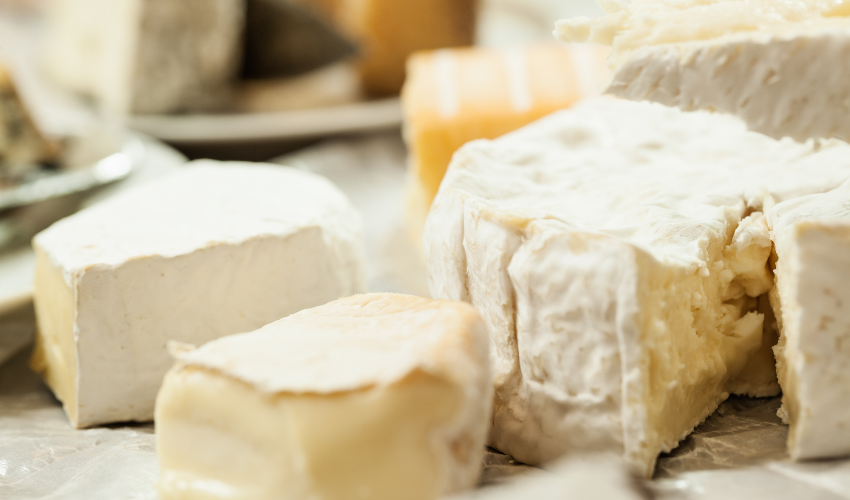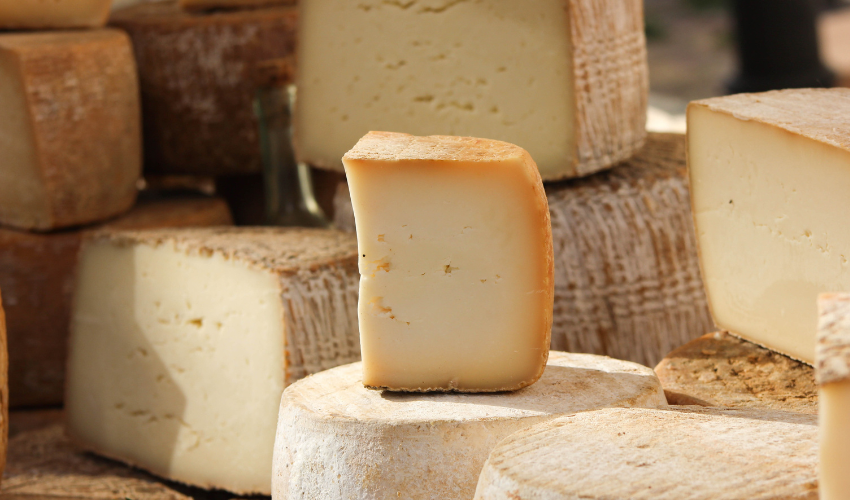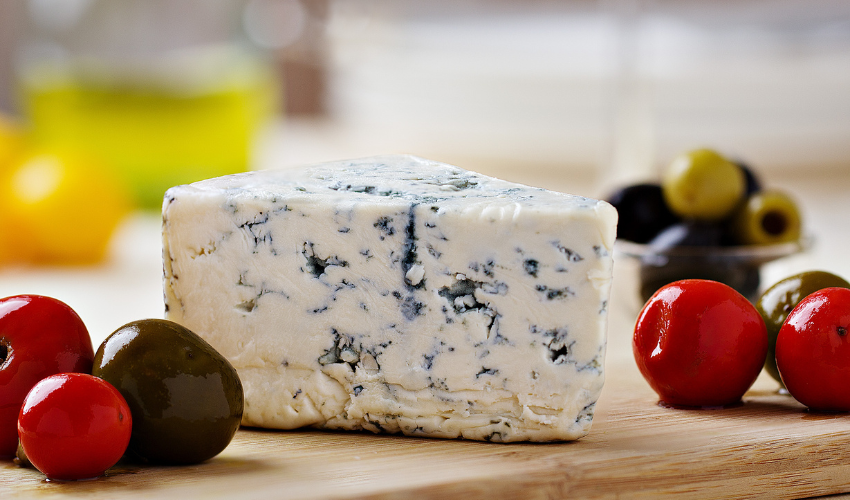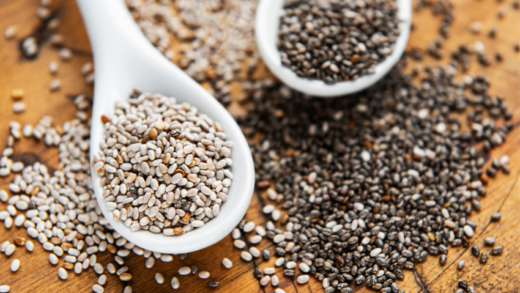Cheese is a versatile and beloved food that has been enjoyed by people around the world for centuries. From simple sandwiches to elaborate cheese plates, there is no shortage of ways to enjoy this delicious dairy product. However, with so many different types of cheese available, it can be difficult to know where to start. In this article, we’ll explore some of the most popular types of cheese, including their origins, flavors, and uses.
Types of Cheese
Soft Cheese

Soft cheese is characterized by its creamy texture and mild flavor. It is often spreadable and is commonly used as a topping for bread or crackers.
Brie
Brie is a soft French cheese made from cow’s milk. It has a buttery texture and a slightly sweet, nutty flavor. It pairs well with fruit, nuts, and bread.
Camembert
Camembert is another soft French cheese made from cow’s milk. It is often described as slightly nutty with a hint of mushroom. It is commonly served with crackers and fruit.
Goat Cheese
A tangy and tart cheese made from goat’s milk. It has a crumbly texture and can be used in salads, pasta, and on top of pizza.
Semi-Soft Cheese
Semi-soft cheese has a slightly firmer texture than soft cheese, but is still relatively easy to spread. It is often used in sandwiches or melted on top of dishes.
Gouda
Gouda is a semi-soft cheese from the Netherlands. It has a nutty flavor and can range in texture from smooth and creamy to slightly crystallized. It pairs well with wine and crackers.
Havarti
Havarti is a Danish cheese with a mild, buttery flavor. It is often used in sandwiches or melted on top of burgers. It pairs well with fruit and nuts.
Hard Cheese

Hard cheese has a firm texture and a bold, distinct flavor. It is often grated or shaved and used as a topping for pasta dishes or salads.
Cheddar
Cheddar is a hard cheese that originated in England. It has a sharp, tangy flavor and is often used in sandwiches or as a topping for baked potatoes. It pairs well with beer and wine.
Parmesan
Parmesan is a hard Italian cheese with a nutty, salty flavor. It is often grated and used as a topping for pasta dishes. It pairs well with red wine and cured meats.
Blue Cheese

Roquefort
A French cheese with a creamy, crumbly texture and a strong flavor. It’s made from sheep’s milk and has blue veins throughout.
Stilton
An English cheese with a milder flavor than Roquefort, but still has a tangy taste and blue veins. It’s perfect with a glass of red wine.
Gorgonzola
An Italian cheese with a creamy texture and a sharp, tangy flavor. It can be used in salads, pastas, and on top of pizzas.
Fresh Cheese
Ricotta
An Italian cheese with a light, creamy texture and a sweet, subtle flavor. It’s often used in Italian dishes like lasagna and cannoli.
Cottage Cheese
A mild and fresh cheese made from curdled milk. It’s often used in breakfast dishes like pancakes and waffles.
Specialty Cheese
Feta
A Greek cheese made from sheep’s milk or a combination of sheep’s and goat’s milk. It has a tangy and salty flavor. It is commonly used in Greek salads and sandwiches.
Halloumi
A Cypriot cheese with a rubbery texture and a salty taste. It’s perfect for grilling. It can be used in salads and sandwiches.
Burrata
An Italian cheese made from mozzarella and cream. It has a soft, creamy center and a mild flavor. It’s often served with tomatoes and basil.
FAQs
What is the difference between sharp and mild cheese?
Sharp cheese has a more distinct and tangy flavor, while mild cheese has a more subtle flavor.
What is the best way to store cheese?
Cheese should be stored in the refrigerator, ideally in an airtight container to prevent it from drying out.
Can cheese be frozen?
Yes, cheese can be frozen, but it may change in texture and flavor.
What is the difference between cow’s milk and goat’s milk cheese?
Goat’s milk cheese has a tangy flavor and is often slightly softer in texture than cow’s milk cheese.
Can cheese be lactose-free?
Yes, there are many types of lactose-free cheese available, including varieties made from soy or nuts.
Conclusion
Cheese is a delicious and versatile food that comes in countless varieties. From soft and creamy to hard and bold, there is a type of cheese to suit every taste and occasion. By exploring the different types of cheese and learning how to pair them with food, you can elevate your culinary experience and impress your friends and family with your cheese knowledge. Whether you’re a fan of simple cheese and crackers or a more elaborate cheese plate, there’s always something new to discover.
In this article, we’ve explored some of the most popular types of cheese, including their origins, flavors, and uses. From soft and creamy Brie and Camembert to tangy Cheddar and nutty Parmesan, there is no shortage of delicious cheese to enjoy. By trying different varieties and experimenting with pairing them with different foods, you can broaden your palate and deepen your appreciation for this beloved dairy product.
So next time you’re at the cheese counter, don’t be afraid to try something new. Who knows, you might just discover your new favorite type of cheese!






















